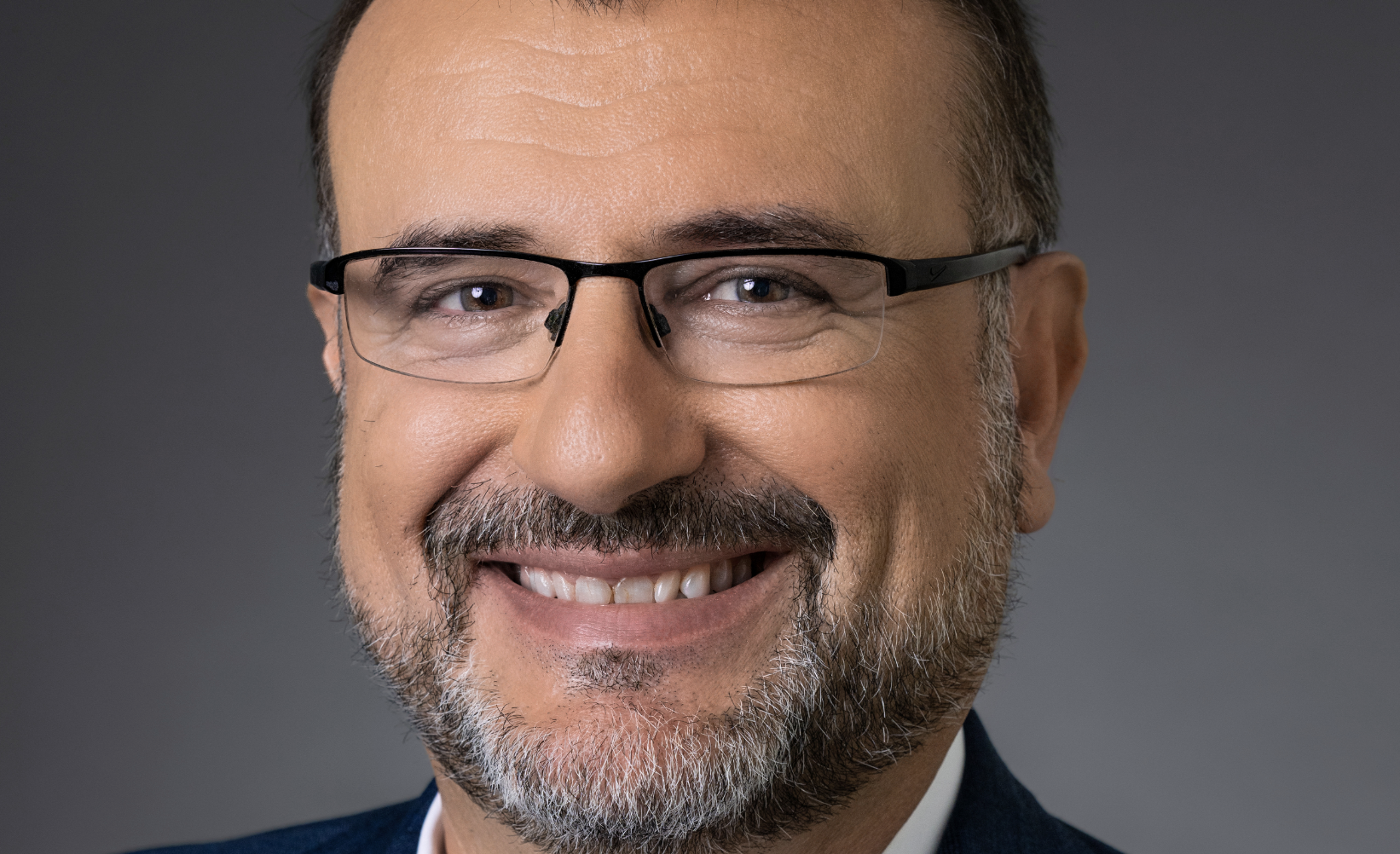There are five key factors that have helped the US oil and gas company's corporate investment unit keep going for 23 years.

Chevron Technology Ventures (CTV) is one of the oldest CVCs running in the energy ecosystem, tracing its origins back to 1998. Kemal Anbarci says the long tenure is down to 5 things: consistency, internal support, keeping liabilities in check, a long-term vision and having a clear value proposition.
The corporate venturing arm of oil and gas major Chevron was ideated in 1998 and formally incorporated in March 1999. The unit was set up by the then-CTO of Chevron, Don Paul, and based in the San Francisco Bay area.
CTV’s investment mission
From the start the organisation had a clear objective, says Kemal Anbarci, Chevron’s general manager of venture capital. It was to access external innovation and use venture capital as a tool to gain insights into change.
CTV’s investment objectives were defined from the outset. Anbarci explains: “The objective of the unit stayed consistent throughout our history. The scope was wide enough giving us the ability to be flexible and adaptable. We are not only Chevron´s window to outside innovation but also the on-ramp for startup company technologies coming into the organisation.“
The mandate of the unit enabled investments in wide areas of interest including technologies working with DNA in its early years. One early investment was biotech company Illumina, which is today public and has its own venture capital unit. Anbarci adds: “They were in one of our first cohorts of investments. Even though it may seem a bit far from oil and gas, it is not necessarily so. Right now, we are working with companies that are using DNAs for tracers. You can modify DNAs and use them as markers or flooding tracers. Or you can review the various bacteria in the oil and gas you produce to evaluate your drainage. That is the strength of venture capital. You can source from a wide technological pool and bring in for specific applications”.
Reputation and team building
In its early stages, CTV invested indirectly as a limited partner in some 20 funds, just to get acquainted with the VC ecosystem. Anbarci dubs it a relationship-building phase. After the first several years, the unit had built the critical relationships with established players.
Anbarci started at CTV in 2013 along with its now former head Barbara Burger. In 2013, the headquarters of the unit moved to Houston, Texas, which was already emerging as the world´s centre of energy and energy transition. With the relocation, CTV became closer geographically to the end-users of the technologies it was sourcing – other business units in Chevron.
From 2014, CTV created an internal team exclusively focused on deployment and adoption of technologies sourced externally. Before 2014, the unit had several people tasked with deployment, but a specific team of up to 12 people at one time enabled more effective deployment of technologies.
According to Anbarci, CTV has invested in more than 140 companies, of which 80% have done field trials and proof of concepts. Anbarci says: “60% of the companies CTV has invested in have later become suppliers to Chevron. Those are great numbers, but we don’t promise that we will do trials nor that we will become customers. All of this has been possible thanks to designated teams and receptive nature of our business units.”
In 2014, CTV also formed its validation and trial teams for its technological needs in subsurface, facilities and digital. Each team comprises seven to eight people.
In 2018, CTV formed its “Future energy” team, then headed by Michael Cochran. With that, CTV doubled the number of its investment executives. Around the same time CTV partnered with GCV and organised its first conference focused on energy in Houston to promote ecosystem building in the area.
Five keys to success
How did CTV last so long, through so many changes? Anbarci explains the five factors:
- Consistency
Anbarci defines this doing what you say you will do and not doing what you say you won’t do. There is a very simple principle of credibility in the ecosystem. ”In our execution, when we invest in a startup, we want to make sure our involvement and the way we behave are consistent with Chevron values…This is very important for our venture group’s success. People need to ask themselves: why would the best deals come to us?”
2. Internal support
“Our executives know what venture capital is and that is a key differentiator. Our executives had this understanding from day one. It is part of our corporate culture, and the way CTV behaves was set on those fundamentals,” says Anbarci.
One of the keys to a good relationship with internal stakeholders is not overpromising, Anbarci says. “You need to be humble. Internal value creation doesn’t happen just because you have a CVC unit. It happens because people from other units are willing to take up the technology you’ve found and work with the startup. Keeping the end-user in mind is key. Then you deliver value.”
3. Keeping liabilities in check
“Most CVCs’ lifespan is below three years. Why is it that they fail?” asks Anbarci. “My theory is that [three years] is not enough time for a CVC to create value, but there is certainly enough time to create a liability for the mothership. Thus, containing liabilities is crucial, and that is easier said than done.”
How should CVCs go about it, though? A crucial element is staying on top of the legal side of dealmaking, Anbarci says. “You need to make sure you don’t get dragged into a deal without fully understanding the legal terms and conditions and their implications in various scenarios. I’ve seen some investors signing deals without full understanding, such as giving power of attorney when their internal policy does not allow that. External lawyers can give you advice on risk and potential liabilities, but you also need to understand what may happen at the exit and what happens if things go wrong. You also need to make sure, internally, that you hold people accountable at the exit several years down the line.”
4. Long-term vision
Anbarci says it is important to be an emotionally stable investor to handle ups and downs in the long run. “As an investor in the tech innovation space, you need to be stable. You don’t get overexcited when things are going great and you don’t get gloomy when the going gets tough. You don’t increase your investments by several orders of magnitude when the former happens nor stop investing when the latter does.” Anbarci also says that adopting the mentality of a long-term investor rather than that of a short-term speculator is important for your reputation among co-investors.
5. Clear value proposition
The corporate parent must also understand how venture capital works. For CTV, the initial years of making limited partner commitments and establishing connections with venture investors around the world were crucial. “You need to able to answer the question: why should others co-invest with us, be in the room with us or allow you as a board observer? But also, internally, you need to ask the question: why should the corporation put money and resources into VC? The value proposition needs to be crystal clear within your company and for that you need to track your KPIs [key performance indicators] and be able to demonstrate your success to both co-investors and the mothership.”
Creating internal advocacy
Changes in leadership can kills off a CVC unit unless there is widespread buy-in for the value it brings. CTV has not faced such an existential threat, Anbarci says.
The CVC can’t be “somebody’s project.” It requires a wide-base support and engagement in the organisation. “CTV has survived and thrived through five or six CEO changes and these people have all been engaged with us throughout their career. So, the key to dealing with internal leadership change is creating wider engagement within the organisation, so that the next leaders coming in already understand the value you provide and what it is that you do.”
How do make sure you have the attention of up-an-coming leaders? Become good at spotting who the next generation of leaders are likely to be and target them? Or cast your net very wide so everyone knows the unit?
To Anbarci, it is more the latter. “In very simple terms, you need to understand that your stakeholders are not just the members of your investment committee. It is the whole corporation. You need to deliver value to a wide range of business units. While you need to be humble, if what you have done as CVC has indeed helped, they will appreciate it. Some may try to second-guess who the next CEO is going to be. We are not in the business of doing that. If you are generating value, are humble and recognise people, it will help you survive.”
It is also helpful to have a group of “alumni” from the CVC unit moving up through the ranks of the organisation: “Usually people turn over jobs every three to four years, but in the CVC business, you need to have them for longer. However, the fact that some don’t stay for long also helps cement internal relationships by having “alumni” within the corporation. It is a fine balance between having people doing VC deals longer term, as it is important externally, but you also need to create such alumni within the parent corporation to be your advocates.”
Tough decisions
One of the toughest time for CTV was 2014, when the unit centralised and pulled all team members to Houston.
Anbarci recalls: “We lost a few valuable people who could not move. There were no hard feelings. They are friends and even co-investors of ours to this date. Some of them lead other venture groups. But having to let them go was one tough decision we had to make regarding the structure of the unit.”
The decision proved practical and has not stifled the unit’s ability to invest internationally: “We opted to centralise our operations and travel to make co-investments. It has worked for us because we work with over 300 co-investors around the globe. Just because we don’t have anybody in London, it doesn’t mean we have any problem doing a deal there. In fact, at one time, we had more active portfolio companies based in Norway than we had based in Houston, without having anyone from our team in Norway.”
Anbarci has one piece of advice for young CVCs: be honest about what you are. “When I meet a new CVC that has just been formed, I tell them: ‘Don’t pretend you are a venture capital investor, if you are not. Not only are you harming yourself and your reputation, but you are also harming other strategic investors.’”










